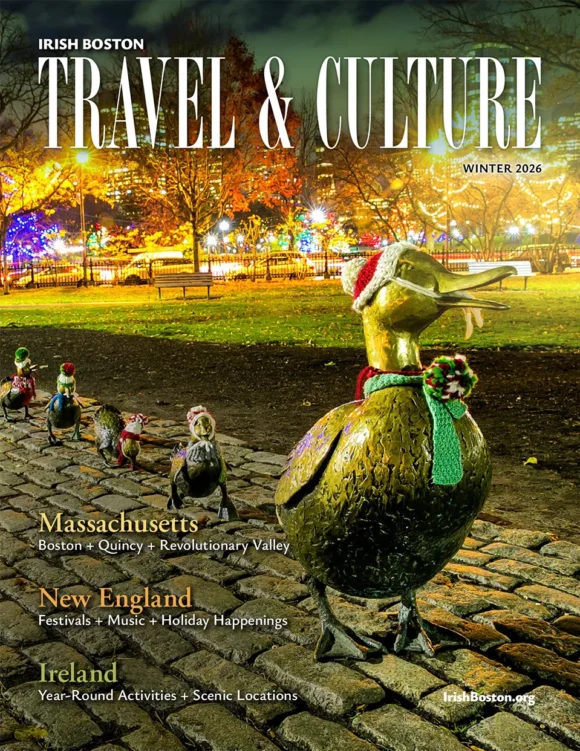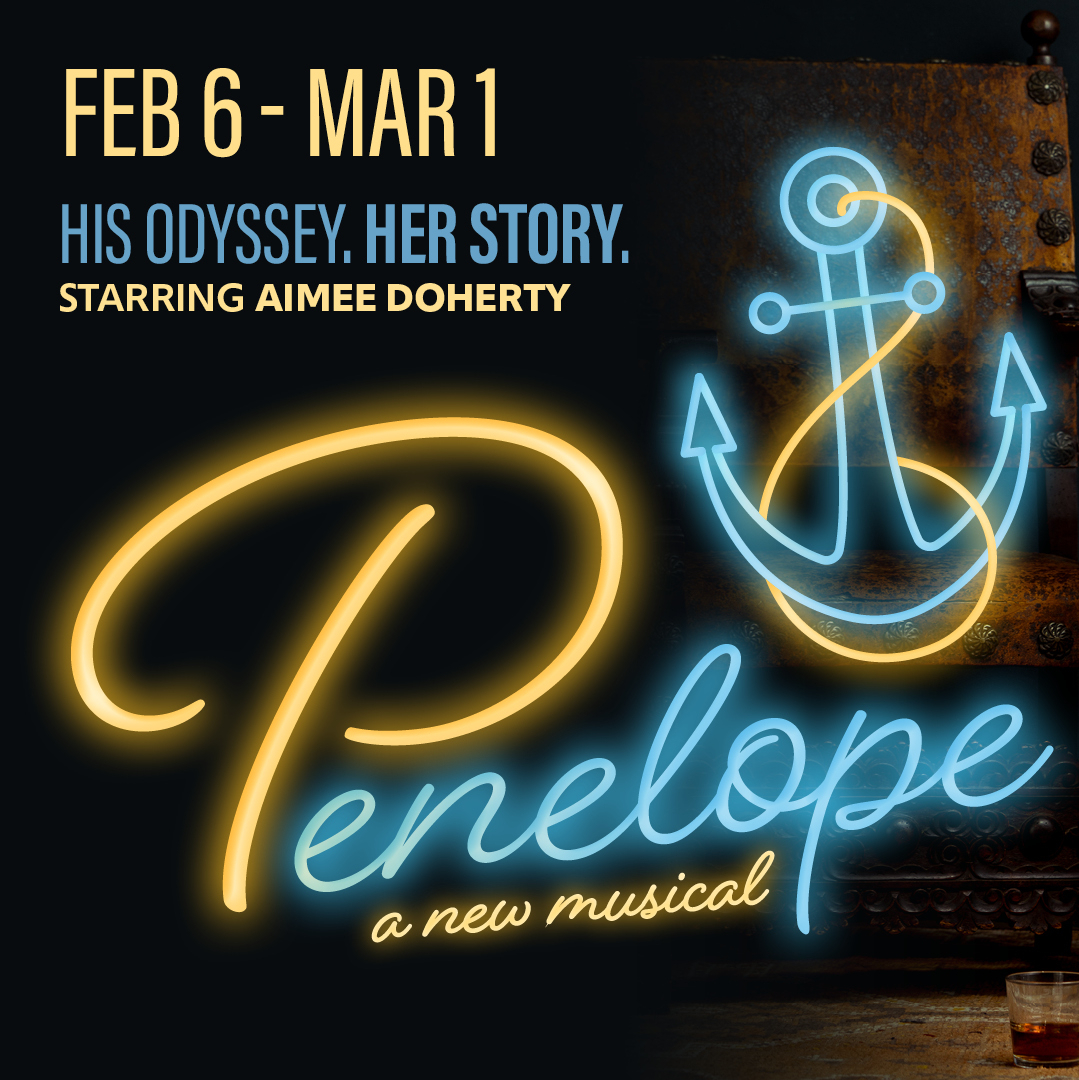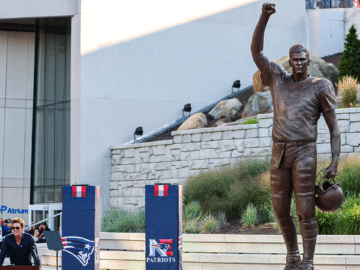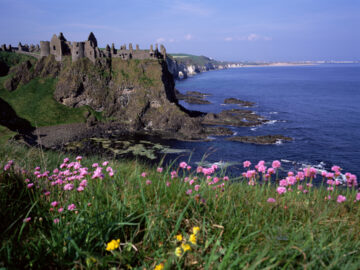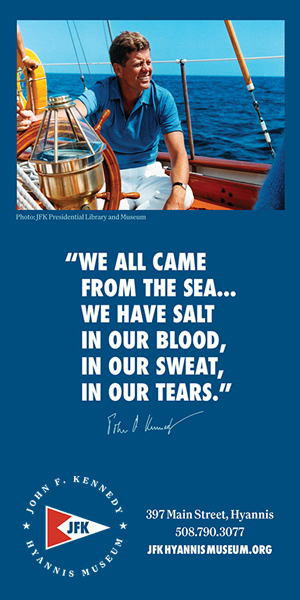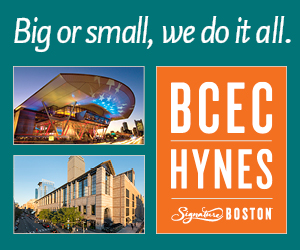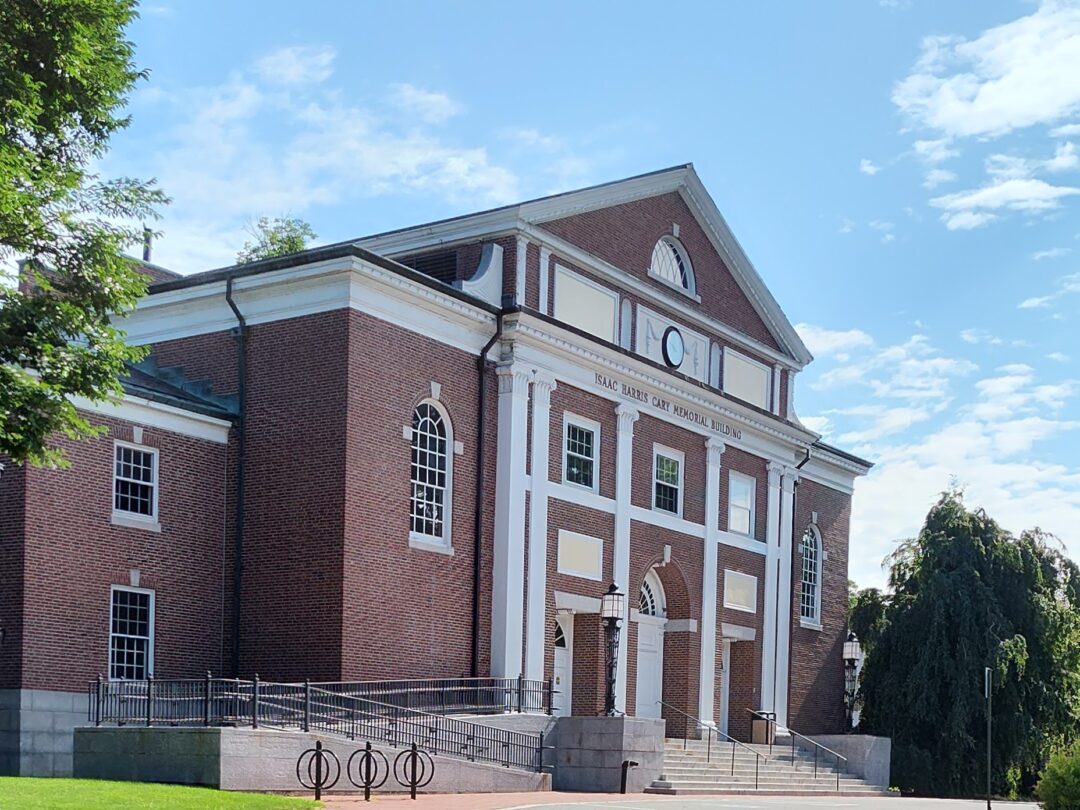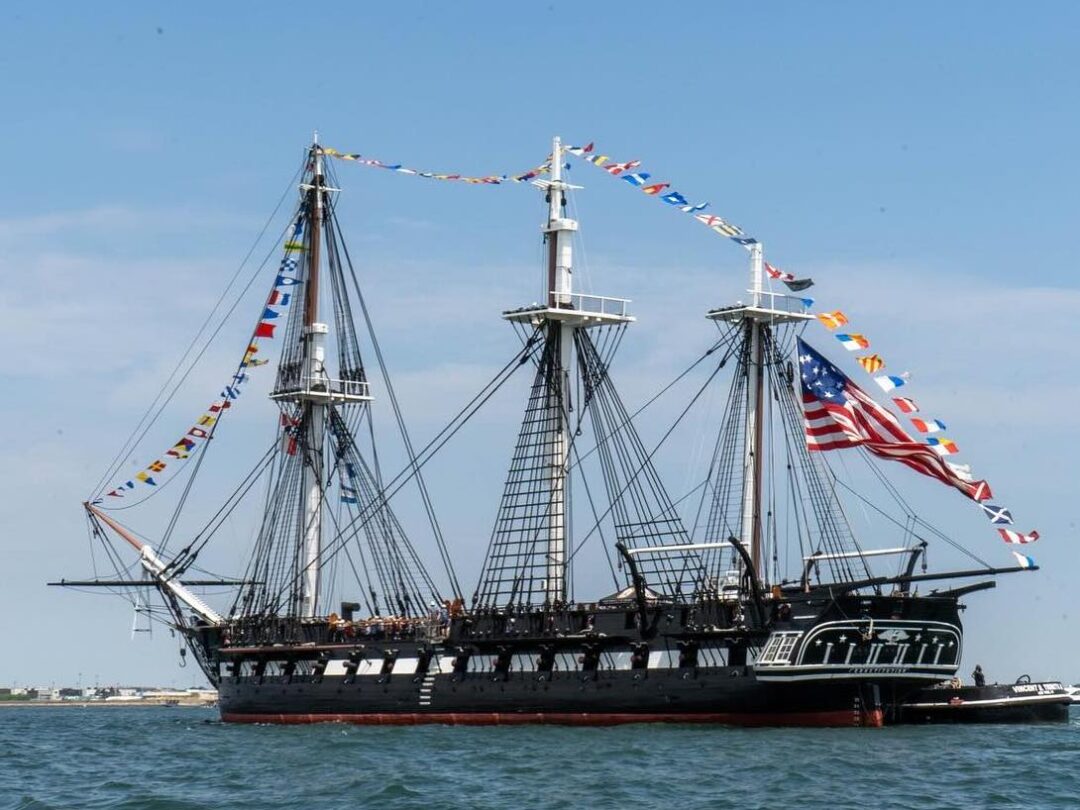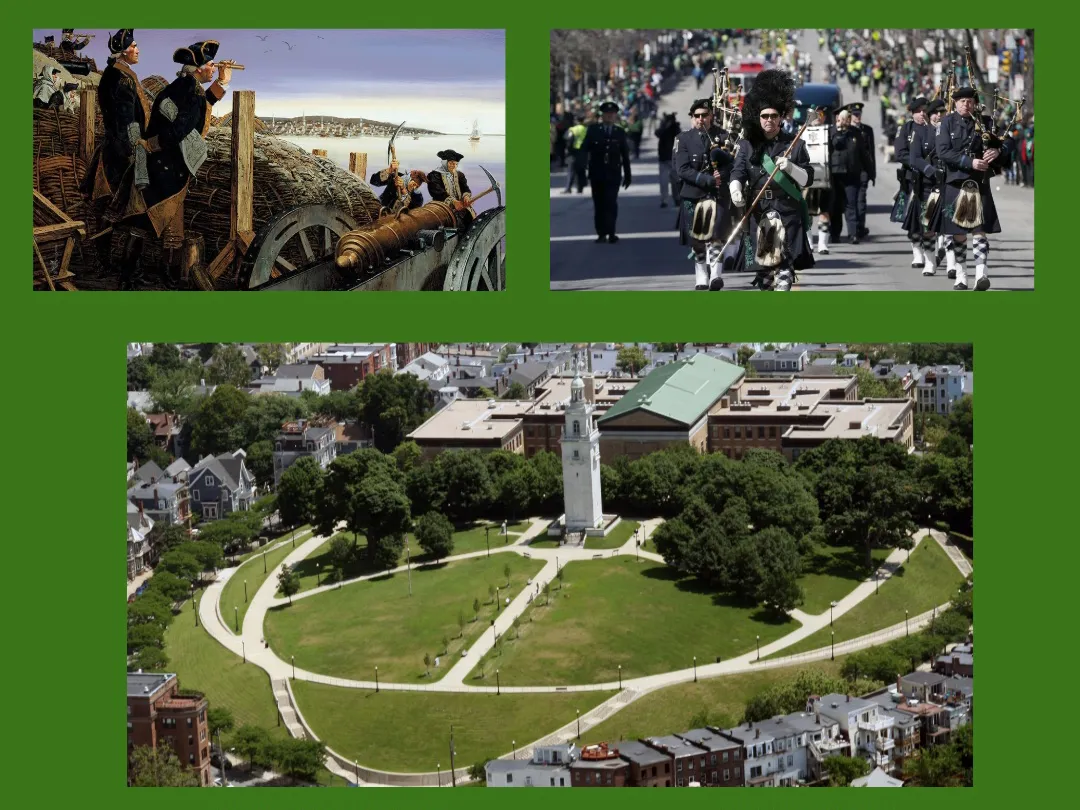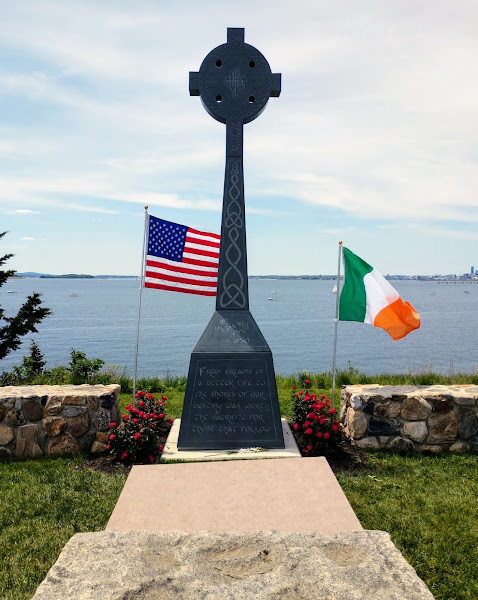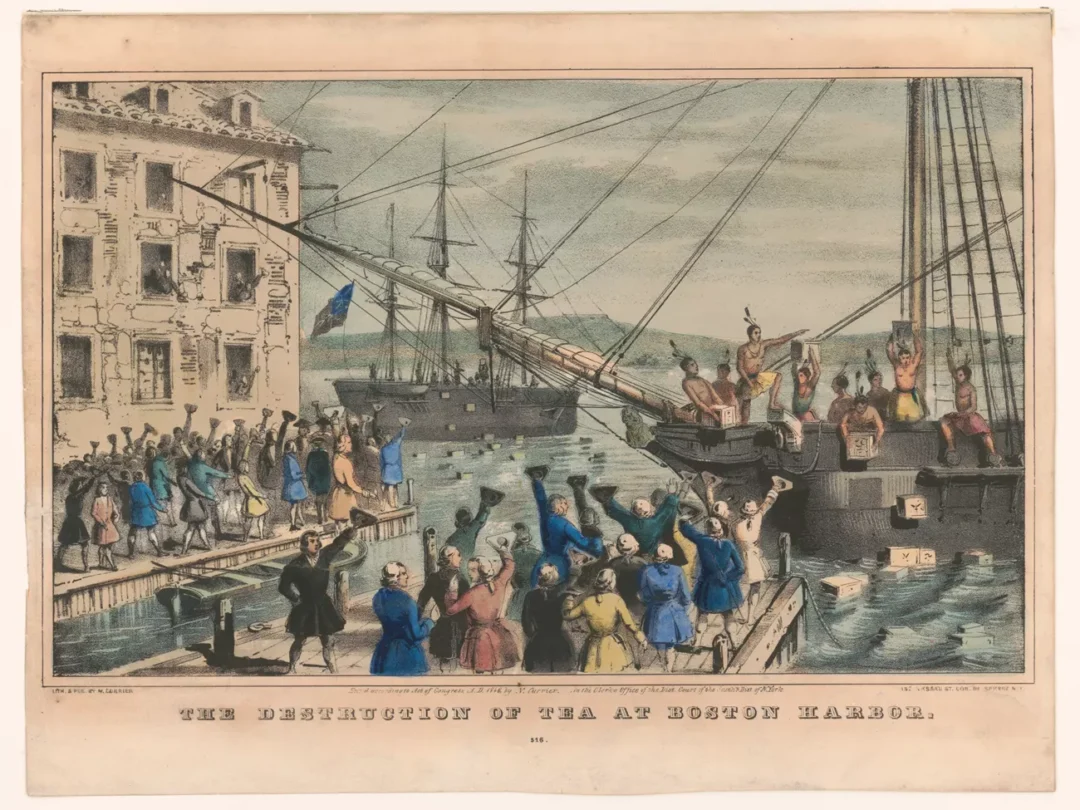American Revolution Heroes Sam Adams and John Glover Memorialized by Irish-Born Sculptor Martin Milmore
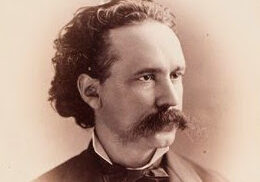
Boston sculptor Martin Milmore, although primarily hailed as a sculptor of Civil War monuments, sepulchral art and exquisite busts, created statues of two local heroes of the American Revolution.
The first is a statue of Boston patriot Sam Adams, known as a fiery advocate for revolution, located today at Cary Memorial Hall in Lexington, MA. The second depicts Colonel John Glover of Marblehead, best known for ferrying George Washington and his troops across the Delaware River on Christmas night, 1776 to win the Battle of Trenton. It is located today on Commonwealth Avenue Mall in Boston’s Bay Bay.

Milmore made both of these figures when he was living in Rome, Italy, working on what would become his major work of art, the Soldiers and Soldiers Monument, which was unveiled on Boston Common in September 1877. During his span of nearly five years in Rome, Milmore completed his masterpiece and was also able to produce dozens of other statuary as well.
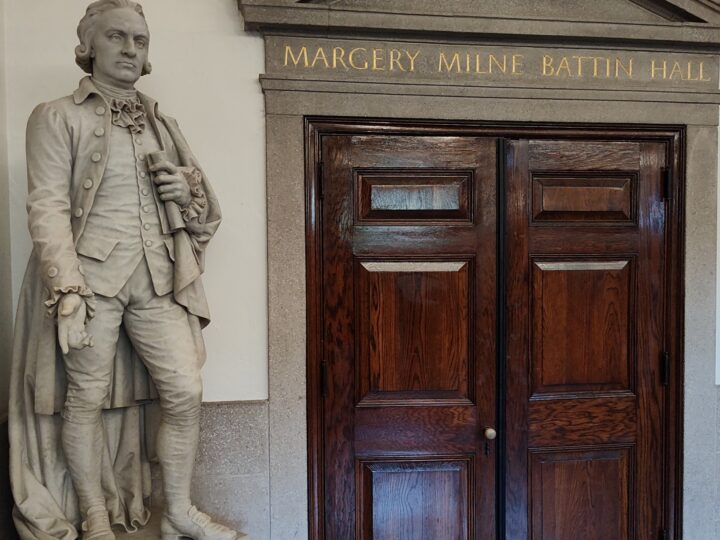
Sam Adams, Cary Memorial Hall, Lexington
The Town of Lexington commissioned Milmore commissioned to create the Sam Adams statue in time for the centenary ceremonies taking place in April 1876. Adams was one of Boston’s most irrepressible revolutionaries, who helped instigate the famous Boston Tea Party in December, 1773. When the British marched out to Concord and Lexington in April 1775, triggering the Revolutionary War, it was Adams and fellow Bostonian John Hancock they were looking to arrest.
Read more about the Adams statue and its unveiling on April 19, 1875.
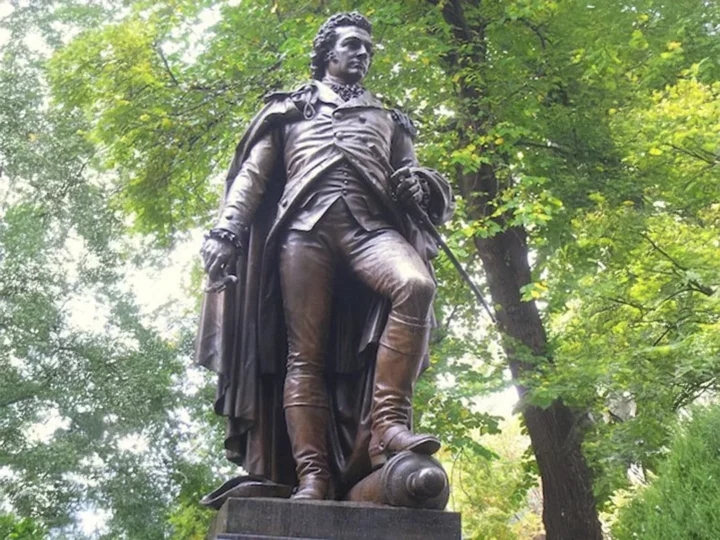
John Glover, Commonwealth Ave Mall, Boston
Milmore was next commissioned to create the John Glover statue in tribute to the Marblehead sailor who had such an impact during the Revolutionary War. Glover’s grandson, Jonas Glover, selected Milmore to create the homage to his grandfather, who fought in numerous battles during the war, from Bunker Hill and Battle of Long Island to the Battle of Rhode Island and the Battle of Saratoga. Glover’s most famous escapade was ferrying George Washington and 2,400 troops across the Delaware River on Christmas night, 1776, to fight in the Battle of Trenton.
Read about the Glover statue and its unveiling in October, 1875.
Martin Milmore and his brothers emigrated from County Sligo to Boston in 1851 with their widowed mother. He went on to become one of Boston’s foremost sculptors before dying young at age 38 in 1883.
Learn about the Revolutionary Irish Trail, chronicling Irish and Scots-Irish in the American Revolution.
Enjoy articles like this?
Join our mailing list and have the latest sent to your inbox.

